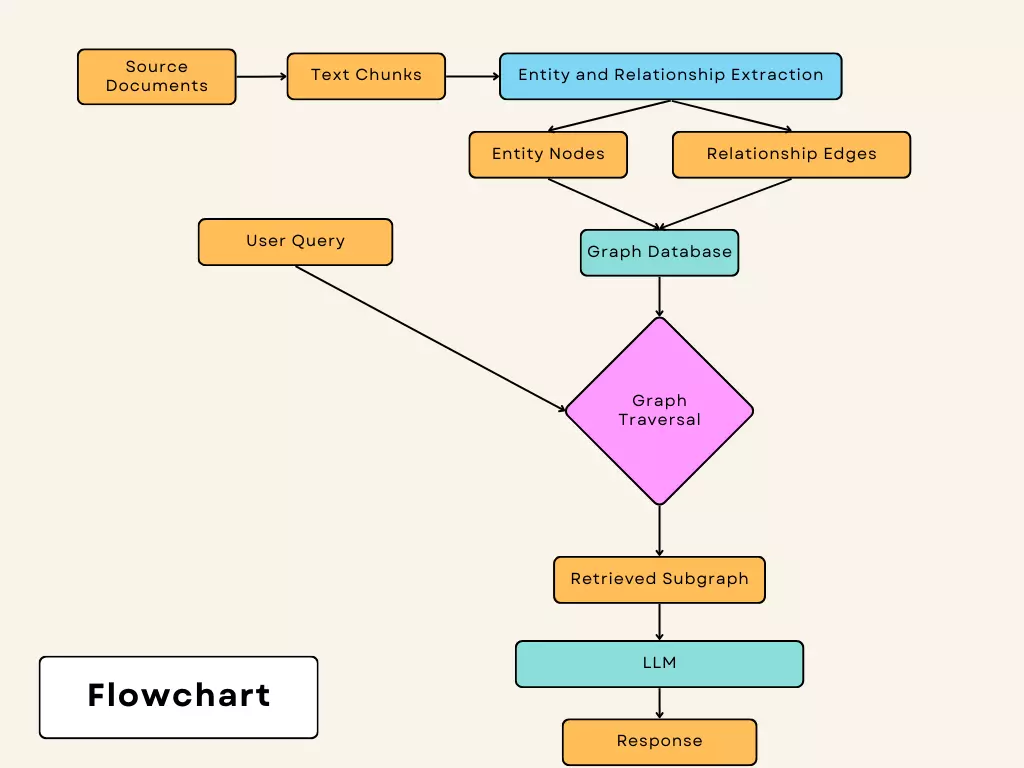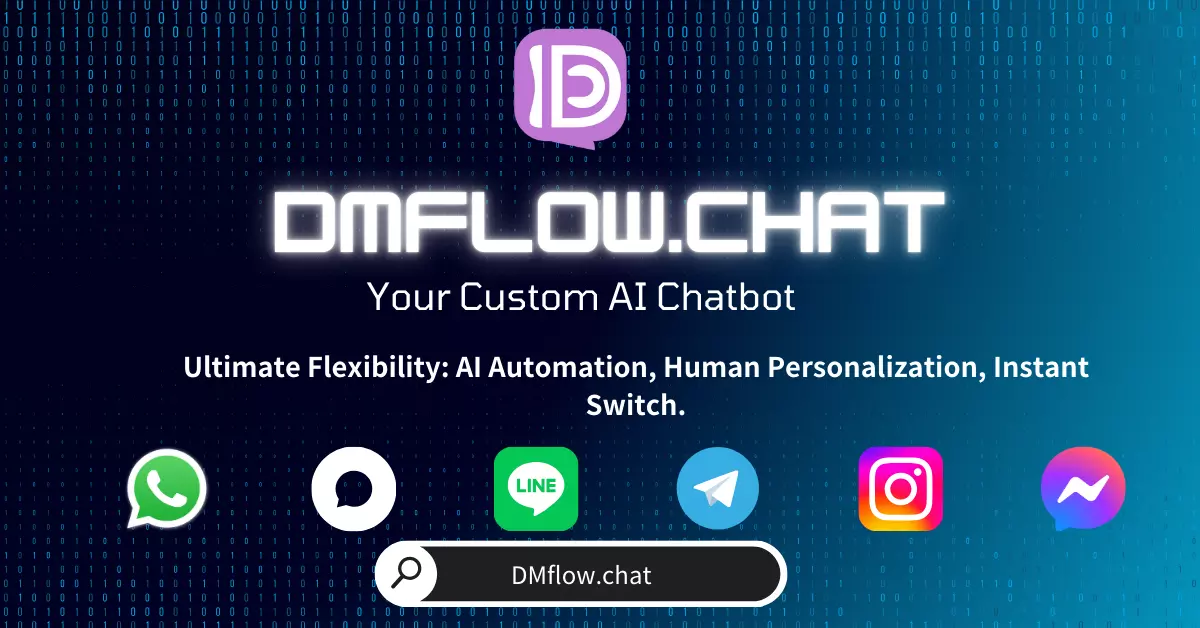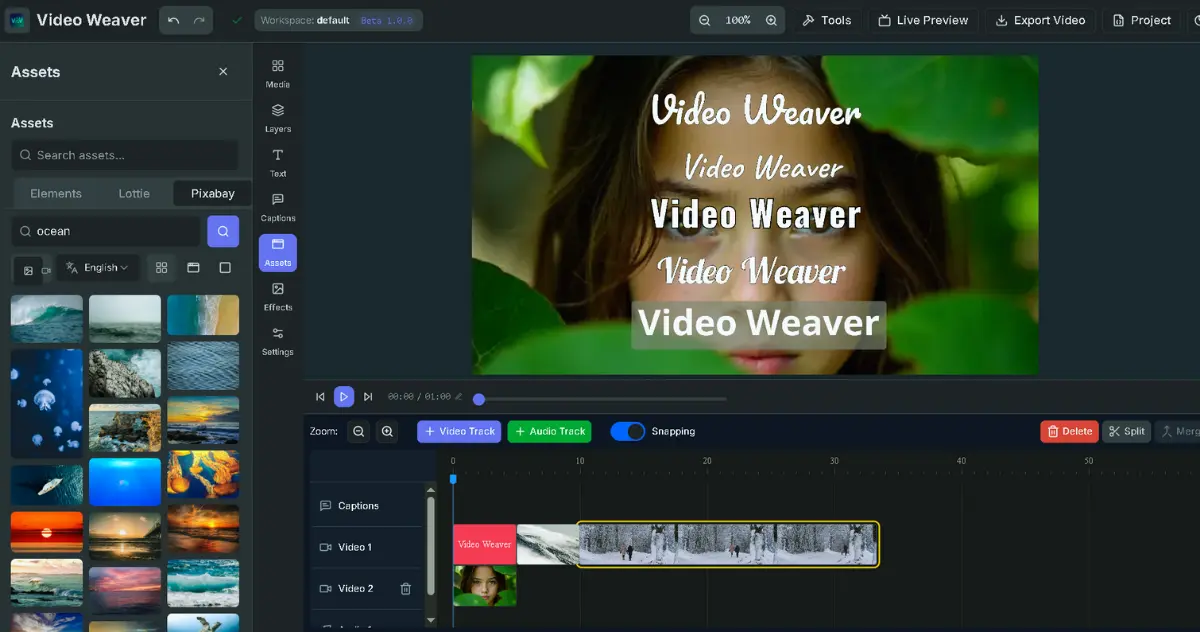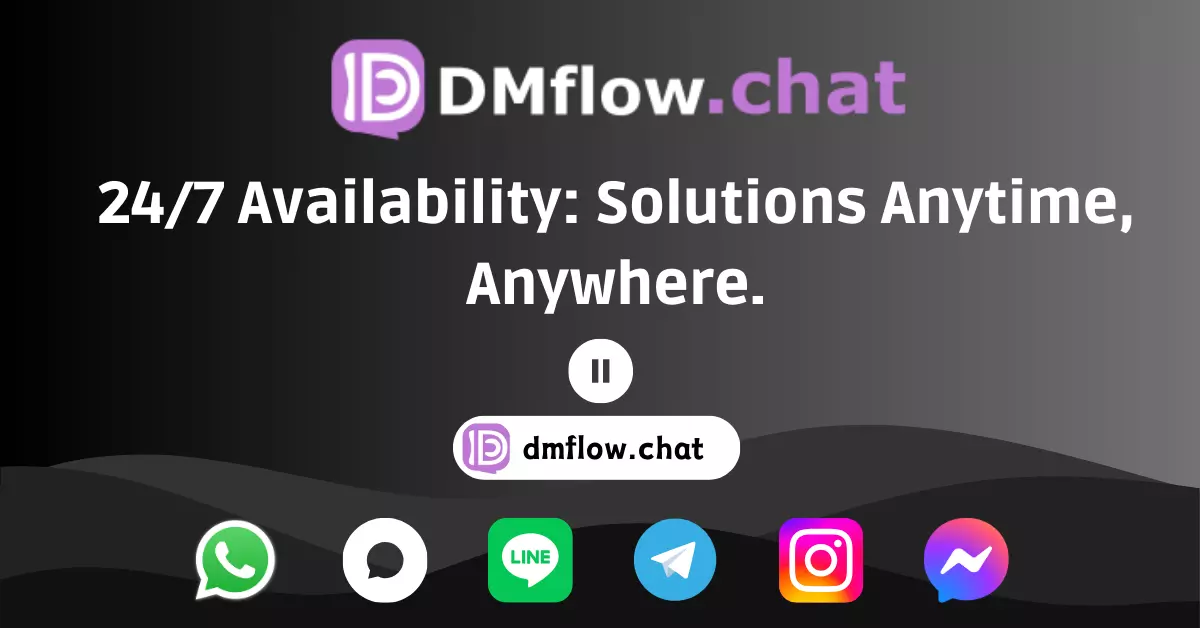GraphRAG: An Innovative Approach to Enhancing Natural Language Generation with Knowledge Graphs
GraphRAG is an advanced structured retrieval-augmented generation (RAG) method that uses knowledge graphs to improve the reasoning capabilities and answer accuracy of large language models (LLMs), particularly suited for querying proprietary data within enterprises.
The Trend of Natural Language Interfaces with Knowledge Graphs
Natural language interfaces with knowledge graphs are becoming increasingly popular. This trend will continue and transform the way we interact with computer systems. Natural Language Query (NLQ) is a significant step toward this direction, with many businesses eager to query their data using natural language.
Why is GraphRAG an Ideal Solution?
Using off-the-shelf large language models (LLMs) for enterprise Q&A applications has limited effectiveness because they lack proprietary knowledge about business activities. GraphRAG provides an ideal solution by allowing customization of LLMs according to specific needs.
What is RAG?
Retrieval-augmented generation (RAG) is a method for enhancing existing LLMs with additional external knowledge relevant to the query. It involves a retrieval component that fetches extra information from external sources (referred to as “base context”), which is then fed into LLM prompts to answer questions with higher accuracy.
Multifunctional Applications of RAG
Besides Q&A, RAG can be used for various natural language processing tasks such as information extraction, recommendation systems, sentiment analysis, and summarization.
How to Implement GraphRAG?
To implement GraphRAG for Q&A, you need to choose which information to send to the LLM. This is typically based on querying a database according to the user’s query intent. Vector databases are well-suited for this purpose as they capture latent semantics, syntactic structures, and relationships between items through embeddings.
The basic implementation is straightforward but requires addressing the following challenges:
- Data Quality and Relevance: Ensuring the most relevant content is retrieved and sent to the LLM is crucial.
- Dynamic Knowledge Management: Continuously updating the vector index poses challenges for system efficiency and scalability.
- Transparency of Generated Results: Ensuring system credibility and usability.
Variants of GraphRAG
GraphRAG is an enhancement of the popular RAG method. It uses graph databases as a source of contextual information for LLMs, combining entity descriptions and their attributes and relationships to provide deeper insights. Here are a few variants of GraphRAG:
- Graphs as Content Storage: Extract relevant content from documents and use it to answer questions.
- Graphs as Expert Knowledge Bases: Extract concepts and entity descriptions related to natural language queries and provide them as additional “semantic context” to the LLM.
- Graphs as Databases: Map natural language questions to graph queries, perform the queries, and let the LLM summarize the results.
GraphRAG Solutions
- Ontotext GraphDB
- Microsoft GraphRAG{:target="_blank"}
DIY Design
You can design your own GraphRAG as long as you meet the requirements shown in the diagram.
Graph Databases: (The following graph databases are ones the author has used)
- Neo4j
- NebulaGraph
 {: width=“100%” }
{: width=“100%” }
Conclusion
GraphRAG represents a significant advancement in LLM enhancement. By effectively combining the strengths of retrieval and generation methods, GraphRAG improves the ability of LLMs to provide accurate, relevant, and contextually rich answers. This technology not only improves the overall quality of outputs but also expands the LLM’s capacity to handle complex and nuanced questions. GraphRAG opens new possibilities across various applications, from advanced chatbots to complex data analysis tools, marking an important development in the field of natural language processing.




